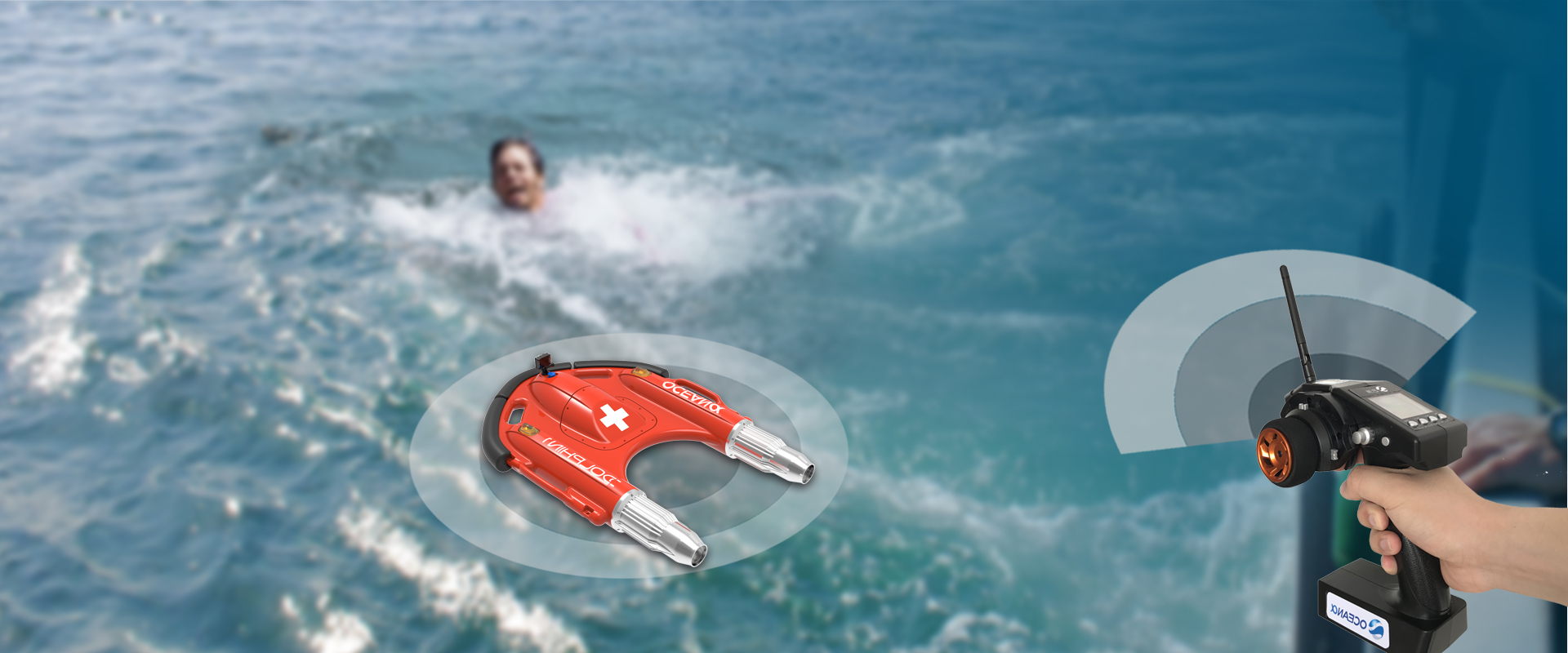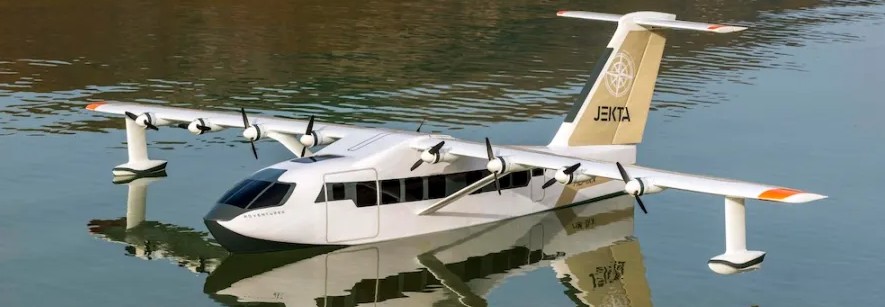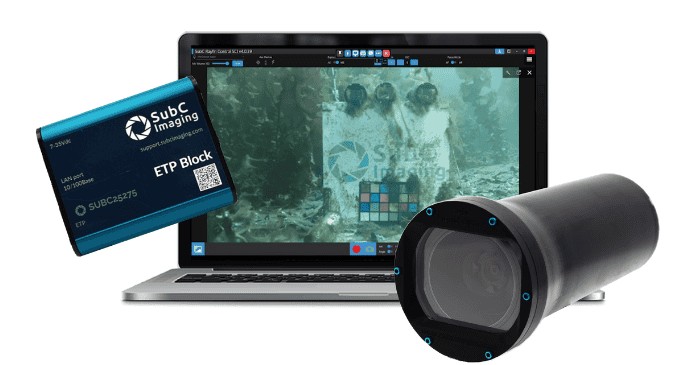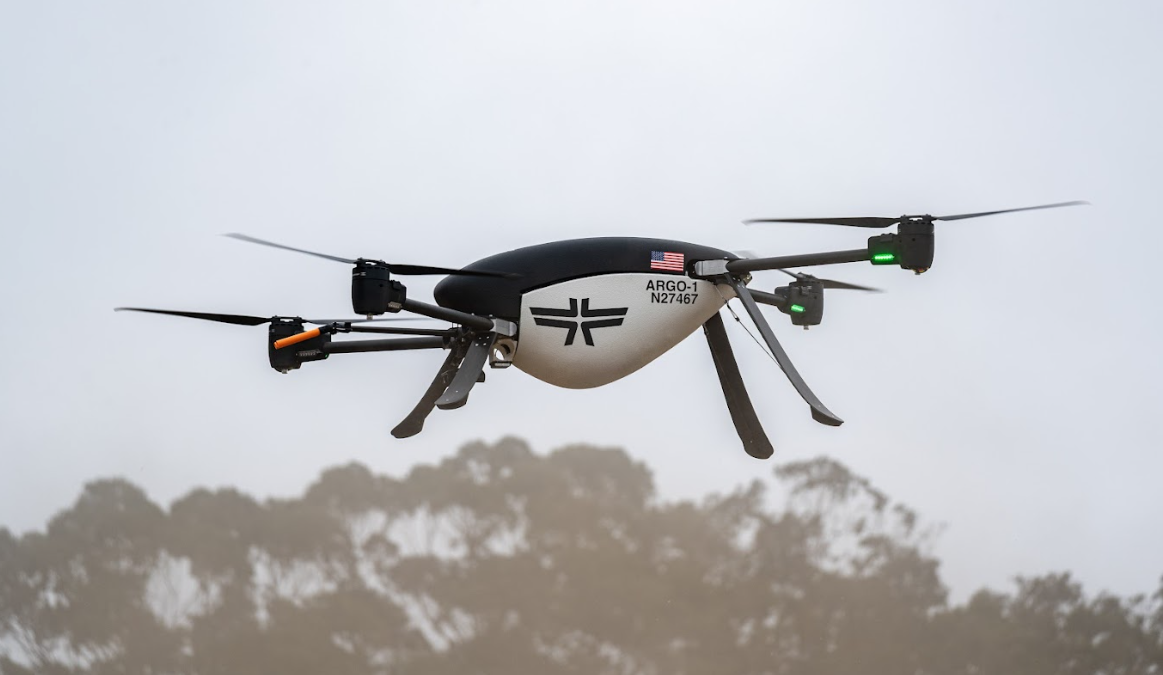Ocean Alpha Deploys 'Dolphin' Drones to Assist Wild Swimmers in Distress

In a pioneering move to enhance water safety, Germany has introduced the Dolphin 3 water drones to assist wild swimmers in distress. These innovative drones are designed to address the increasing number of drownings in the country, particularly in areas where traditional lifeguard services are limited or unavailable.
The Rise of Wild Swimming and Associated Risks
The trend of wild swimming—taking a dip in natural bodies of water such as lakes, rivers, and seas—has surged in popularity across Europe. Germany, with its vast network of lakes and rivers, has seen a significant increase in individuals opting for this adventurous form of swimming. However, this rise has also led to a corresponding increase in drowning incidents. Many swimmers underestimate the potential dangers associated with wild swimming, including strong currents, sudden weather changes, and lack of immediate assistance.
Introducing the Dolphin 3 Water Drone
To combat these challenges, German authorities have deployed the Dolphin 3 water drones, developed by the Hong Kong-based company OceanAlpha. These drones are equipped with advanced technology to provide rapid assistance to swimmers in distress.
Key Features of the Dolphin 3:
- Speed and Range: The Dolphin 3 can reach speeds of up to 25 km/h and has a range of 800 meters, allowing it to quickly reach individuals in trouble.
- Capacity: It is capable of towing two adults at a speed of 5 km/h, providing a reliable means of rescue.
- Battery Life: The drone boasts a battery life of over an hour, ensuring prolonged operational time during emergencies.
- Remote Operation: Operated remotely, the Dolphin 3 can be deployed without the need for a human rescuer to enter potentially hazardous waters.The Times
Deployment and Training
The German Life-Saving Association (DLRG) has initiated trials of the Dolphin 3 drones at 14 locations across the country, including popular swimming spots at Lake Constance and Lake Gifiz. These trials are part of a broader effort to integrate drone technology into water rescue operations.
Lifeguards and emergency responders are undergoing specialized training to operate these drones effectively. The training includes familiarization with the drone's controls, understanding its capabilities, and learning how to coordinate its use with traditional rescue methods.
Public Response and Future Outlook
The introduction of the Dolphin 3 drones has been met with positive feedback from the public and safety experts alike. Many view this initiative as a significant step forward in enhancing water safety and preventing drowning incidents.
Looking ahead, there are plans to expand the use of these drones to more locations, including coastal areas and popular tourist destinations. Additionally, ongoing research and development aim to further improve the drones' capabilities, such as increasing their payload capacity and integrating advanced sensors for better hazard detection.
In conclusion, Germany's deployment of the Dolphin 3 water drones represents a forward-thinking approach to addressing the challenges of wild swimming. By leveraging technology, the country aims to ensure that individuals can enjoy their aquatic adventures safely, with enhanced support and quicker response times in emergencies.

%20(1)%20(1).jpg)


